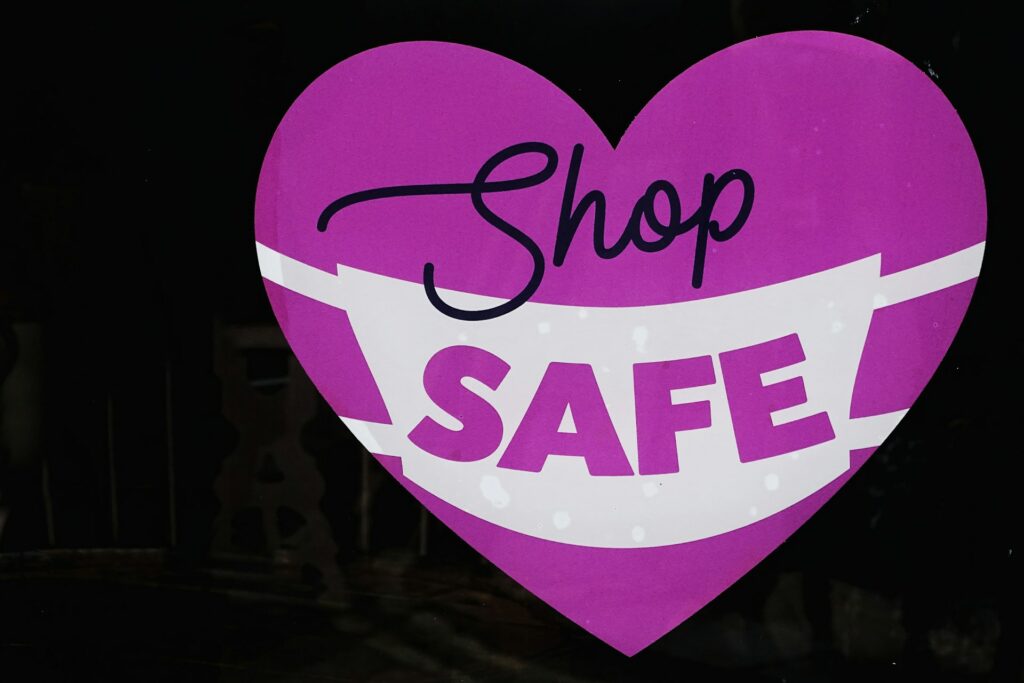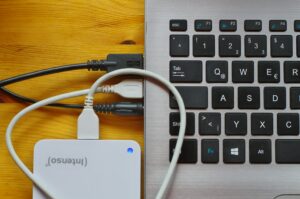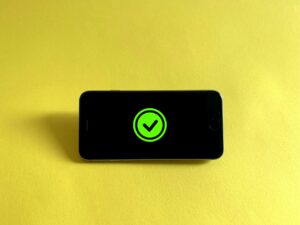Advice for Safe Online Shopping in the Year 2025

Advice for Safe Online Shopping in the Year 2025
There are millions of individuals who have made online shopping a part of their daily routine. This is due to the fact that it provides unparalleled convenience, speedy delivery, and the ability to purchase things from all over the globe. However, as e-commerce continues to expand in 2025, the hazards associated with it will also continue to increase. Phishing scams, fraudulent applications, and identity theft are just some of the ways that cybercriminals are growing more creative in their attempts to victimize buyers who are not aware of the dangers. In order to safeguard your data, money, and privacy, it is necessary to be aware of these dangers and to implement sensible procedures.
Only buy products from platforms that you can rely on.
The best approach to protect yourself from being scammed is to only buy things from reliable and well-established online platforms. Stronger security precautions, dependable return policies, and customer support services are often in place for large shops and verified vendors. Whenever you are buying on smaller websites, you should always make sure that they are real before you submit any personal or financial information.
Make Sure That the Website Is Secure
Prior to completing any purchases, it is important to verify the security status of the website. Be on the lookout for a padlock symbol in the browser bar and the letters “https://” in the URL. These signs indicate that your information is protected by encryption on the site. Websites that do not make use of secure connections should be avoided when submitting payment information, since they increase the likelihood that your data may be compromised.
Employ Secure Payment Methods
For online shopping in 2025, the most secure payment options will continue to be credit cards and renowned digital wallets. They often come with safeguards that protect against fraudulent activity, which makes it simpler to challenge transactions that have not been approved. Direct bank transfers and payment URLs that are provided via messaging applications should be avoided since these methods of payment are often used by fraudsters.
Turn on Multi-Factor Authentication
For the purpose of providing an additional layer of protection, a number of retail platforms now provide multi-factor authentication (MFA). Even in the event that hackers manage to get your password, they will not be able to gain access to your account due to the existence of this additional step, which can include obtaining a code on your mobile phone, for example. When there is an option, you should always use multi-factor authentication (MFA) in order to protect your accounts.
Be wary of deals that seem too good to be true.
Customers are often drawn to fraudulent websites and vendors by the promise of savings that are not feasible. It is worthwhile to consider whether or not a bargain is genuine if it is much less expensive than what other stores are charging for the same item. Be sure to always read reviews and check seller ratings, and you should avoid clicking on random advertising or links that advertise “flash sales” without first verifying their authenticity.
Keep Your Private Information Safe
Only provide the information that is required in order to complete your transaction. Be cautious of websites that request an excessive amount of personal information, such as Social Security numbers, phone numbers that are not required, or documents that are not relevant to the situation. The danger of identity theft is reduced when you give less information.
When it comes to transactions, avoid using public Wi-Fi.
Because they are often unprotected, public Wi-Fi networks are simple targets for hackers, who may use them to intercept data. Whenever you are buying online, be sure to always make use of a network that is both private and secured by a password. Whenever you are shopping while on the go, it is important that you encrypt your connection by using a virtual private network (VPN).
Make sure to do regular checks on your accounts.
Despite the fact that you are taking stringent safeguards, it is essential to maintain a watchful check on your credit card and bank accounts. If you monitor transactions on a regular basis, you will be better able to identify illicit purchases at an early stage, which will allow you to report them and reduce your losses.
Be sure to update your devices and applications.
In order to get information, cybercriminals take use of software that is no longer up to date. Make sure you keep your operating system, shopping applications, and web browser up to date with the most recent versions. In order to guard against attacks that are novel, updates that improve security are essential.
Make Sure that Your Passwords Are Strong and Unique
When it comes to protecting your information, the first step you should do is to choose a strong password. For every shopping account that you have, make sure that you use a password that is unique to that account. In order to keep your passwords protected, you may want to think about using a password manager. When it comes to passwords, you should never use the same one on other websites. This is because if hackers are able to steal your password from one site, they may then use it to access your accounts on other sites.
Keep an eye out for fraudulent phishing schemes.
When it comes to online purchasing, phishing is still one of the most significant dangers. It is important to be wary of text messages or emails that purport to be from delivery services or shops, particularly if they contain links that seem to be questionable. Instead of clicking on links from sources that are not known to you, you should always visit shopping platforms directly via official websites or applications.
Online purchasing will be more easy than ever in 2025; nevertheless, it will also be accompanied with threats that are constantly growing. You may take advantage of the advantages that electronic commerce has to offer while also protecting your financial and personal information if you use secure payment methods, enable multi-factor authentication, remain vigilant against frauds, and limit your transactions to platforms that you know you can trust. The difference between a transaction that goes off without a hitch and a security breach that results in significant financial losses may be as easy as taking a few straightforward safeguards.




